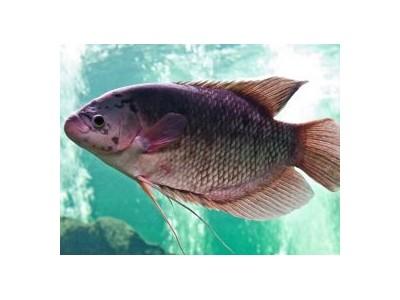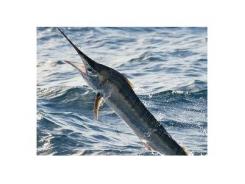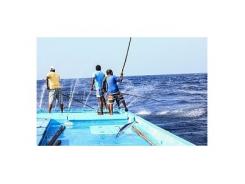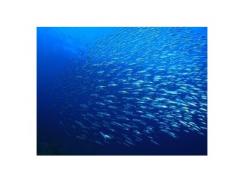Project Develops Sustainable Method for Growing Tilapia, Tomatoes

EU - The Leibniz Institute of Freshwater Ecology and Inland Fisheries has developed an innovative method for producing tilapia and tomatoes that saves resources and is almost emission free. Professor Werner Kloas, coordinator to the project, spoke to the European Commission Maritime Affairs department about how Tomatofish works, how it came about, and what it could mean for the sustainable rural and urban farms of tomorrow.
Where did the idea for the Tomatofish project come from?
In 2007 there were a lot of biologists and fisheries people working at the Institute, and one day a handful of us were hanging around, drinking coffee and talking about sustainable aquaculture in Germany and Europe. One of my former assistants mentioned that some 20 years earlier, in the former East Germany, he had been working in aquaponics for carp and cucumbers: they had a new approach connecting two systems, one for fish and one for hydroponics of plants, via a one-way-valve that transferred the carp water to the cucumbers in hydroponics.
This was the first time I'd heard about the idea of double recirculation for aquaponics. Aquaponics usually means a single recirculation system with water going from fish to plants and to fish again, which usually carries disadvantages: for example, fish and plants have different pH requirements, and nitrate levels in a single circulation system are too low to grow anything other than salads and herbs.
The advantage of a double recirculation system is that you can manage both parts separately in order to get optimum productivity. So that day we were so intrigued by the implications and gains – water being a precious resource for example – that we kept talking about it for the next three hours.
Why tilapia and why tomatoes?
We decided against carp – too many bones and not very popular. We wanted a warm water, fast-growing fish and opted for tilapia, the sixth most produced fish in the world. We chose tomatoes because they are more challenging than cucumbers in that they need more nutrients. If the system works with tomatoes, it will work with salad, vegetables, herbs and other hydroponic plants. A few months later we applied for a grant for Tomatofish and got the funding.
How does it work?
It consists of a closed recirculation system for the fish with optimum food conversion ratios. Then in the hydroponic part there is a reservoir of fish water, which has to be optimised for pH and supplemented with some nutrients.
Other than that, there isn’t much manipulation because most of the nutrients are already in the fish water. This overcomes the shortcomings of a single circulatory system. We also regain evaporated water from the air conditioning system as well as collect rainwater. At a later stage we might even be able to use some of the water left over by our system instead of using freshwater from other sources.
Can the technology be applied to other fish or vegetables – or even other types of food?
I’d say you could produce any type of fish or other aquatic animals, except that shrimps for example don’t give a lot of yield in volume: one cubic metre of water could produce 10-20kg of shrimps at the most, while you can get 50 to 200kg of fish.
Using algae in place of hydroponic plants could open the way to farming marine water fish. The system cannot be applied to raising chickens, pigs or cattle because of the kind of waste these animals produce.
Do you see Tomatofish as a large-scale enterprise or as something suited to small communities?
We have explored sizing options and have shown that this can both work in households, with units that cost under €1,000, and be up scaled to obtain food security in really big systems. The smallest viable production site would be about 5,000 square metres and several such sites linked together in one big greenhouse would be commercially viable. There are already a lot of greenhouses in places like the Netherlands and all they need to do is add aquaculture. Tomatofish is especially suited for developing countries with water scarcity but also to make large scale food production more sustainable.
Có thể bạn quan tâm
Phần mềm

Phối trộn thức ăn chăn nuôi

Pha dung dịch thủy canh

Định mức cho tôm ăn

Phối trộn phân bón NPK

Xác định tỷ lệ tôm sống

Chuyển đổi đơn vị phân bón

Xác định công suất sục khí

Chuyển đổi đơn vị tôm

Tính diện tích nhà kính

Tính thể tích ao hồ




 Cooke to Acquire Uruguay Seafood Company
Cooke to Acquire Uruguay Seafood Company  Commission Meeting Leaves Key Fish Stocks Left Without…
Commission Meeting Leaves Key Fish Stocks Left Without…